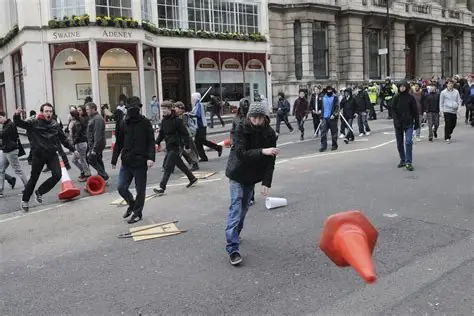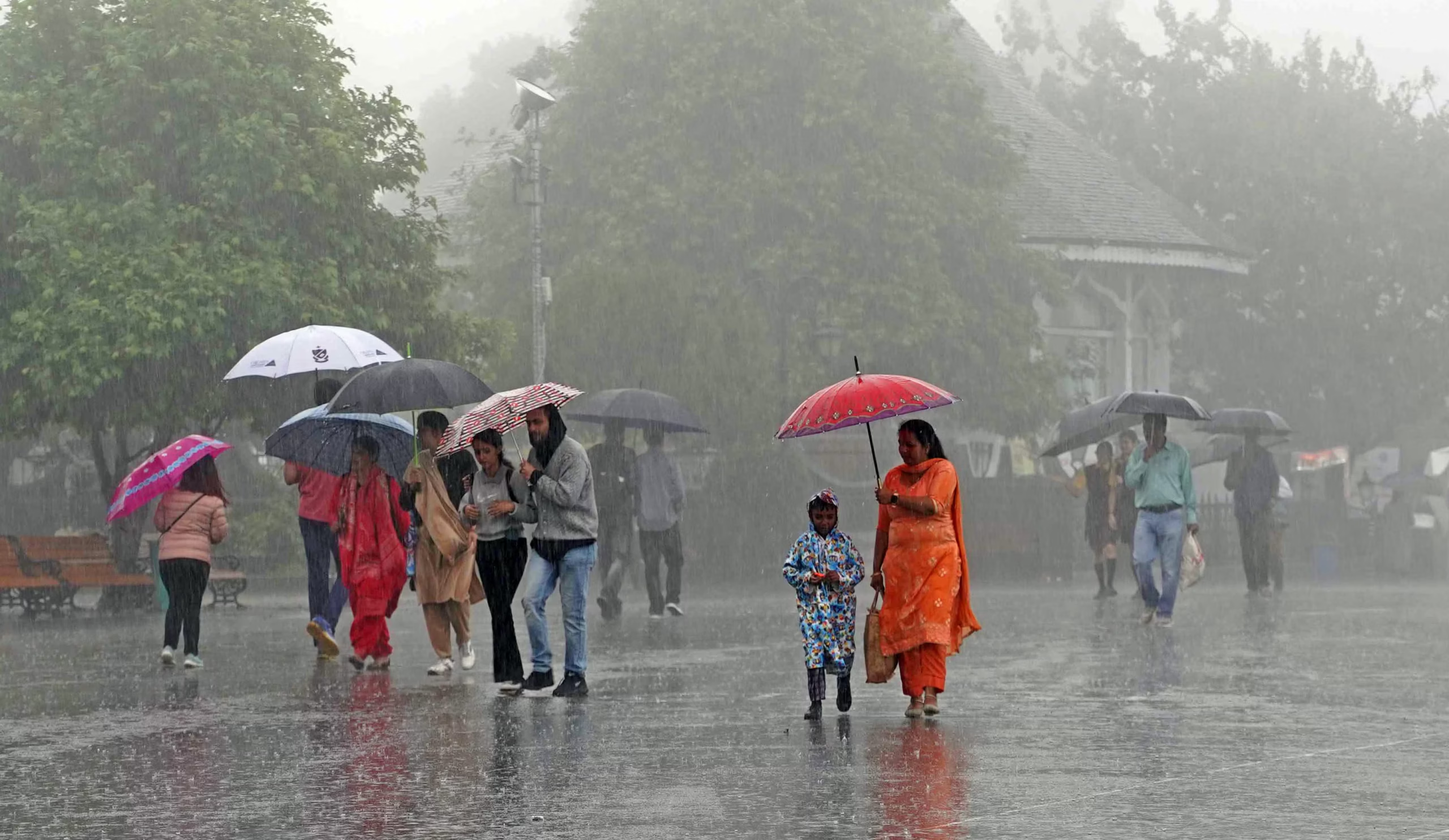Civil unrest and riots are unpredictable and potentially dangerous situations where public order breaks down. Civil unrest refers to a broad range of public disturbances, from peaceful protests that turn disorderly to widespread disruptions like strikes or demonstrations. A riot is a more severe form of civil unrest characterized by a violent disturbance of the peace by a crowd, often involving property damage, looting, or assaults. Historically, such events can arise from various factors, including political grievances, economic hardship, social inequality, or reactions to specific incidents. The common thread is a breakdown of typical societal norms and an increased risk of personal harm or property damage.
Knowing how to protect yourself and your loved ones is crucial if you find yourself near or caught in such an event. This guide outlines proactive measures you can take to prepare, immediate actions to prioritize your safety, and strategies for protecting your home or business.
Before Civil Unrest: Preparation is Key
Preparation is your first line of defense. Taking steps now can significantly improve your safety and peace of mind.
- Stay Informed and Monitor News:
- Reliable Sources: Follow local news, emergency alerts, and official government advisories. Be wary of unverified information on social media, which can spread misinformation.
- Community Awareness: Pay attention to local discussions and community sentiment, as this can sometimes provide early indicators of potential unrest.
- Identify Hotspots: Be aware of areas known for large gatherings or protests, such as government buildings, police stations, or central squares.
- Develop a Family Emergency Plan:
- Communication Plan: Establish how family members will communicate if cell service is down (e.g., designated out-of-state contact, predetermined meeting points).
- Evacuation Routes: Plan multiple routes out of your neighborhood and city.
- Rendezvous Points: Establish a primary and secondary meeting place outside your home in case of evacuation or separation.
- “Go Bag” Preparation: Assemble an emergency kit for each family member. This bag should be easily accessible and contain:
- Water (1 gallon per person per day for at least 3 days)
- Non-perishable food (3-day supply)
- First-aid kit and any necessary prescription medications
- Flashlight, extra batteries
- Whistle to signal for help
- Dust masks (for smoke/tear gas)
- Wrench or pliers to turn off utilities
- Can opener for food
- Battery-powered or hand-crank radio
- Local maps
- Copies of important documents (ID, insurance policies) in a waterproof bag
- Cash (small bills)
- Change of clothes, sturdy shoes
- Basic hygiene items
- Secure Your Home and Property:
- Doors and Windows: Ensure all doors and windows have strong locks. Consider reinforcing entry points.
- Outdoor Items: Bring in or secure anything outdoors that could be used as a projectile or set ablaze (e.g., garbage cans, loose furniture, grills).
- Lighting: Install motion-sensor lights around your property.
- Surveillance: If you have security cameras, ensure they are operational and recording.
- Vehicle: Keep your vehicle’s fuel tank at least half full. Ensure it’s in good working order. Park it in a garage if possible.
- Prepare for Communication Outages:
- Charge Devices: Keep all mobile phones, power banks, and other communication devices fully charged.
- Alternative Communication: Consider a battery-powered or hand-crank radio for news updates. Landlines typically work even if cell towers are down.
During Civil Unrest: Immediate Actions for Safety
If you find yourself in the vicinity of or directly impacted by civil unrest, your immediate priority is personal safety.
- Avoid the Area:
- Stay Away: The most crucial rule is to avoid areas where protests or unrest are occurring. Even peaceful demonstrations can quickly escalate.
- Re-route: If you encounter a protest or demonstration while driving or walking, immediately turn around and find an alternative route. Do not attempt to drive or walk through it.
- If Caught in a Crowd:
- Assess and Exit: Remain calm. Immediately assess the situation for an escape route. Look for side streets, alleys, or buildings to duck into.
- Maintain Distance: Keep a safe distance from agitators, individuals engaging in destructive behavior, and security forces.
- Avoid Confrontation: Do not engage with protesters or law enforcement. Do not make eye contact with aggressive individuals. Your goal is to be a neutral observer and exit safely.
- Protect Yourself from Tear Gas/Pepper Spray:
- If deployed, cover your mouth and nose with a cloth (ideally wet).
- Close your eyes or wear goggles.
- Move quickly against the wind.
- Do not rub your eyes. Flush with water or saline if exposed.
- Protect from Projectiles: Seek cover behind sturdy objects like vehicles, walls, or solid structures. If no cover is available, crouch down and cover your head with your arms.
- Stay Alert: Be aware of your surroundings. Look for potential threats and escape paths.
- If You Are at Home:
- Stay Indoors: If unrest is happening near your home, stay inside and lock all doors and windows. Draw curtains or blinds.
- Away from Windows: Move away from windows, especially those facing the street, to avoid projectiles.
- Monitor Information: Continuously monitor reliable news sources for updates and official instructions.
- Prepare for Power Outages: Have flashlights, candles (use safely), and charged devices ready.
- Know Emergency Exits: Be aware of alternative exits from your home in case of fire or forced evacuation.
- If You Are Driving:
- Turn Around: If you see signs of unrest ahead, turn around and find an alternative route.
- Do Not Engage: If you get stuck in traffic near unrest, keep your doors locked, windows up, and stay calm. Do not honk or antagonize anyone.
- Be Prepared to Evacuate Vehicle: In extreme situations, if your vehicle becomes a target or is blocked, be prepared to abandon it and escape on foot, taking only your essentials.
Protecting Your Business During Unrest
Businesses, particularly those in visible or commercial areas, can be targets during riots.
- Prioritize Employee Safety:
- Evacuation Plan: Have a clear evacuation plan for employees, including designated safe areas.
- Communication: Establish clear communication protocols for employees during an emergency.
- Training: Train employees on safety procedures during civil unrest.
- Physical Security Measures:
- Reinforce Entry Points: Install stronger locks, security gates, or roll-down shutters.
- Board Up Windows: If unrest is imminent, board up windows and glass doors.
- Remove Valuables: Secure or remove high-value inventory.
- Clear Outdoor Areas: Remove anything outside the business that could be used as a projectile or fuel for a fire.
- Digital and Financial Security:
- Data Backup: Ensure all critical business data is backed up off-site or to the cloud.
- Cash Management: Minimize cash on premises.
- Insurance Review: Review your business insurance policy to understand coverage for damage, theft, and business interruption.
After Civil Unrest: Recovery and Safety
Once the immediate threat subsides, focus on recovery and continued safety.
- Assess Damage Safely:
- Do Not Rush: Wait until authorities declare the area safe before attempting to return to your home or business.
- Check for Hazards: Be wary of structural damage, downed power lines, broken glass, or hazardous materials.
- Document Damage: Take extensive photos and videos of any property damage for insurance claims.
- Contact Authorities and Insurance:
- Report Incidents: Report any crimes or significant damage to law enforcement.
- File Claims: Contact your insurance provider as soon as possible to begin the claims process.
- Seek Support:
- Community Resources: Connect with local community resources, support groups, or mental health services if you or your loved ones are experiencing distress.
- Emotional Well-being: Experiencing civil unrest can be traumatic. Prioritize your mental and emotional well-being.
Conclusion
While the exact nature of civil unrest and riots is unpredictable, taking proactive steps and understanding appropriate responses can significantly enhance your safety. The core principles revolve around avoidance, preparation, and calm decision-making. By having a plan, staying informed, and prioritizing your well-being, you can navigate these challenging situations more effectively and protect yourself, your family, and your property.
FAQ Section
Q1: What is the most important thing to do if I encounter civil unrest unexpectedly?
The most important thing is to avoid the area and move away immediately. Do not engage, do not stop to observe, and do not try to drive or walk through the crowd. Your primary goal is to extract yourself from the situation safely and quickly.
Q2: Should I stay at home or evacuate if civil unrest breaks out near my residence?
If civil unrest is near your residence, the general advice is to stay indoors, lock all doors and windows, and stay away from windows. Only evacuate if instructed to do so by local authorities or if your home is directly threatened by fire or immediate danger. Always follow official emergency instructions.
Q3: What should I do if tear gas or pepper spray is deployed?
If tear gas or pepper spray is deployed, immediately cover your mouth and nose with a cloth (ideally wet), close your eyes or wear protective eyewear (like goggles), and move against the wind to get out of the contaminated area. Do not rub your eyes. If exposed, flush affected areas with copious amounts of water or saline solution.
Q4: Is it safer to walk or drive away from an area of unrest?
This depends on the specific situation. Generally, if you are driving and encounter unrest, it’s safer to turn around and find an alternative route. If you are caught in a crowd on foot, look for the nearest safe escape route, such as a side street or alley. Driving through an active protest or riot can put you at risk of vehicle damage or personal injury.
Q5: How can I protect my small business during a riot?
To protect your business, prioritize employee safety by having an evacuation plan. Physically secure your premises by reinforcing doors and windows, potentially boarding up glass, and removing valuable inventory. Also, ensure your business data is backed up and review your insurance coverage for civil unrest.






